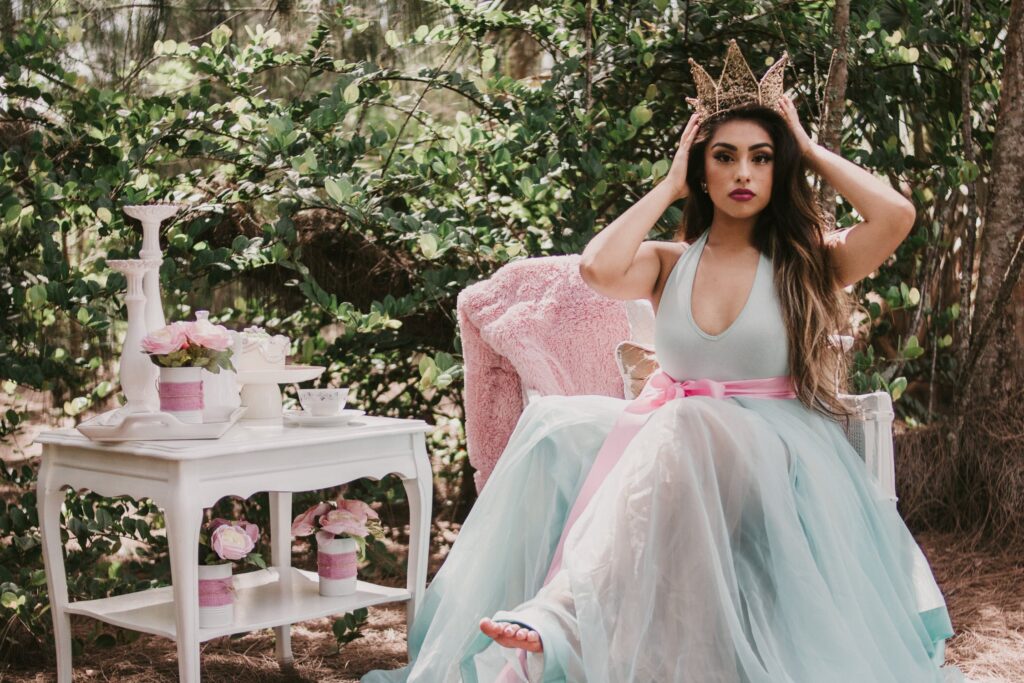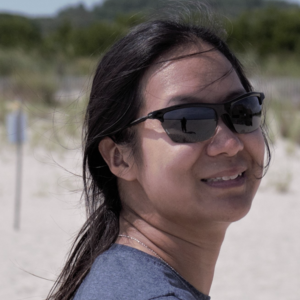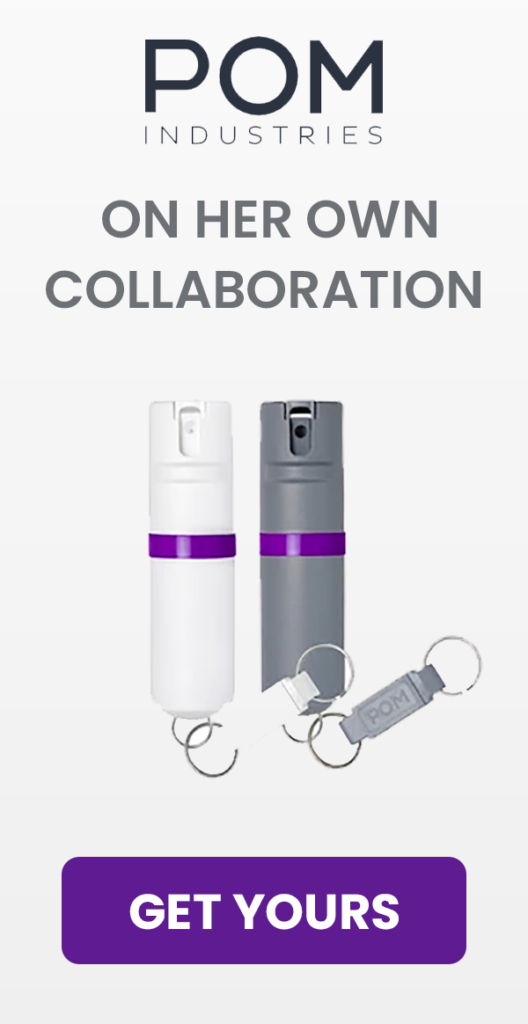
International Women’s Day was yesterday, and this year’s theme was #BreakTheBias – a call to action to work against gender discrimination and stereotyping. Many of the suggestions revolve around how we can call out discriminatory behavior resulting from bias and stereotyping, and how we can change people’s minds about women. Continuing from Monday’s theme, however, I’d like to invite you to explore the stereotypes and biases that you have absorbed into your own life and identity. They might not be ones that can directly affect your ability to defend yourself, like the idea that ‘girls are quiet and nice’ might, but they can affect our abilities to take care of ourselves and determine the directions of our lives in other ways. For example, accepting the idea that “girls can’t do mechanical things” might mean you’re helpless in the face of a home maintenance problem and don’t even know how to effectively get help to deal with it. Grappling with that idea might mean you still don’t don’t know how or want to manage it yourself, but you’ve arrived there as a conscious decision, having weighed whether you want to accept it and having learned how to face life with that as part of your identity.
The tricky part of stereotypes is that they come from somewhere. More, not all stereotypes are bad. Whether via social conditioning or otherwise, the fact that we take on a characteristic that might fall into what the world might expect of us doesn’t mean that we’re wrong in some way. Brainwashing or cultural pressure are not necessary to force a woman into enjoying traditionally feminine aesthetics or traditionally female pursuits. They may have exposed her to them, may even have encouraged her to lean in those directions, but they can still be expressions of her true and authentic self. Attempting to break bias therefore cannot simply be a rejection of stereotyping by proving how we don’t fit any of them. Instead, I propose that we become more intentional about who we are so that we are not a stereotype by default instead of a whole person by choice. By doing so, we also make it harder for people to fit us into boxes because we weren’t just plopped into them so much as we chose to sit inside them.
One way we can do this is to expose ourselves to what is outside the norm, even try it out for ourselves. It is the best way to answer whether you have chosen to be a certain way or like a certain thing because it’s all you’ve really known or because it’s what you would have picked regardless of other options available. You may think that your favorite meal in the world is a fast food burger, but have you ever had a pub burger? What about a steak? A huge, fresh salad? A perfectly roasted chicken? A crisp slice of wood-fired pizza? It’s perfectly okay to decide that you love what you love, no matter what the critics say, but how do you know if it’s what you love because of habit or because you’ve taken an honest look at everything else and come back around to what you’re familiar with?
Here’s the thing about dipping a toe in the deep end and returning to where you’re comfortable, though: it’s easy. We are, well, biased towards what we know versus what is strange. That’s what makes breaking biases so difficult, because it requires stepping into the unexplored. It requires courage and bravery and we’re just not always equipped to take on that challenge. I’d suggest that calling it easy to fall into a pattern is not a negative judgment so much as an acknowledgment that today might not be the day to attempt to forge new trails. The trouble starts to come when today is not that day, tomorrow is not that day, and the next day after that is not that day. At some point, we need to see what it’s like on the other side, what it’s like to be someone different, whether through our own experience or through an honest exploration of someone else’s. It enriches our life by clarifying we are where we belong, as well as giving us a window into what makes other people who they are so that we can have empathy for them.
We may discover that we are happy with being who we are expected to be. Even though we were led there, herded into that box, it may be that we want to return there no matter where we go and what we see. We may also discover that we didn’t know what we didn’t know about what’s beyond the life we’ve lived so far, that there is another version of ourselves we will fall in love with once we meet her. The process of getting there and becoming comfortable with our new self-image might be fraught with internal and external conflict as we break our original molds. While we think of stereotype-busting as something we do for the outside world, it’s also something we might need to do within our inner landscapes both for ourselves and for those around us. The process of figuring out if we believe what we do because we are told to or because we want to is not only for challenging our biases about ourselves, but also our biases about others as we learn more about why they might be the way they are. As a bonus, encouraging others to follow our journeys and to work through the same process for themselves will teach them to reconsider their own biases – about themselves and others – in a more visceral way than simply telling them to change their minds.




